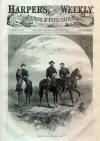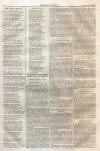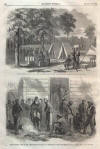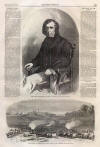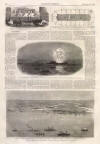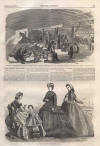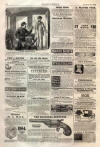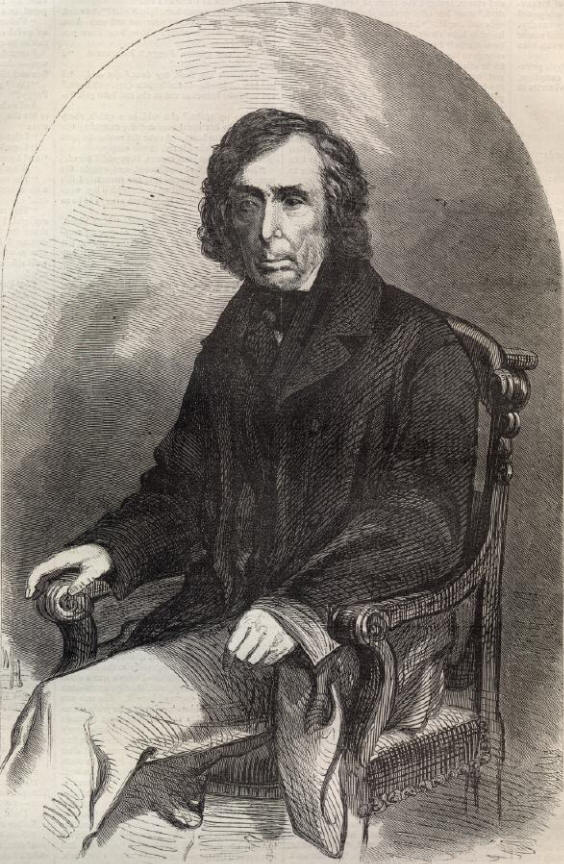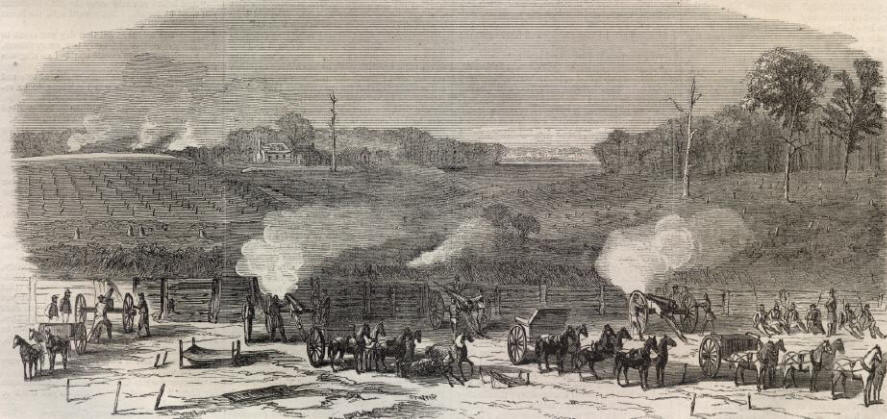Battle of Darbytown Road
|
|
This Site:
|
OCTOBER, 29, 1864.] HARPER'S WEEKLY. 693 ROGER B. TANEY,LATE CHIEF-JUSTICE, U. S.ROGER BROOK TANEY, the late Chief-Justice of the Supreme Court of the United States, was born in Calvert County, Maryland, March 17, 1777. His ancestors immigrated into that State two centuries ago. They were English, but of the Roman Catholic faith. Educated at Dickinson College, Carlisle, Pennsylvania, he was admitted in 1799 to the bar. He practiced law for a short time in his native county, from which, in 1800, he was elected a delegate to the General Assembly. He took up his residence at Frederick in 1801, and was elected State Senator in 1816. At the age of forty-five Mr. TANEY removed to Baltimore, where he resided during the remainder of his life. He was appointed Attorney-General of Maryland, holding that office for four years, at the expiration of which term lie was appointed by President JACKSON Attorney - General of the United States. This, it will be remembered, was the period when there was great political strife on the subject of a United States Bank. Two years after his appointment, in 1833, JACKSON had determined upon a singular measure to carry out his policy. Mr. DUANE was then Secretary of the Treasury, and, thoroughly in favor of the Bank, was therefore opposed to the policy of the President. Without the knowledge of his Cabinet, JACKSON instructed DUANE to remove the public deposits from the United States Bank. The Secretary declined to follow this instruction, and was, in accordance with JACKSON'S usual manner, summarily deposed. TANEY was then appointed Secretary of the Treasury, and immediately had the deposits removed. TANEY had been appointed by the President, but as the appointment was certain to be rejected by the Senate, it was not submitted to that body until the latest moment. Mr. TANEY at this crisis resigned, but within a year was appointed by the President Associate-Justice of the Supreme Court of the United States, in place of DUVALL, resigned. This appointment also was rejected by the Senate, much to JACKSON'S chagrin. But it was not long before Chief-Justice MARSHALL was so good as to die, and leave vacant a still higher office in the President's gift. The Senate had been somewhat remodeled in the interval, and when the appointment of TANEY to fill the office vacated was submitted to that body it was duly confirmed. Chief-Justice TANEY took his seat on the Supreme Bench in 1837, at the age of sixty. Judge TANEY has held this high and honorable position for twenty-seven years. During this time he has administered the official oath at the inauguration of seven Presidents.—His decisions have been always respected, and, with the exception of the famous Dred Scott decision, have been subject to no animadversion. Chief-Justice TANEY died at Washington October 12, 1864, at the age of eighty-seven. He is buried at Frederick, his former residence.
THE
ARMY OF THE
|
||||||||||||||||||||||
|
|
||
|
|
Site Copyright 2003-2018 Son of the South. For Questions or comments about this collection, contact paul@sonofthesouth.net |
|
|
Are you Scared and Confused? Read My Snake Story, a story of hope and encouragement, to help you face your fears. |
||
